
Practice-based research blog:
.304.04.2025
Where better to think about home than whilst you're travelling(?)
One of my, soon to be, supervisors has invited me to speak on queerness in (my) art this summer. Another, soon to be, supervisor encouraged me to present an excerpt of my research at the Society for Caribbean Studies 48th conference happening this summer in Bristol. My leading supervisor then invited me for a cup of tea to discuss the wonderful work of Rhea Storr, now on show at Wolverhampton Art Gallery and then on to Site Gallery in Sheffield. I am feeling positive about the team I have ready to support me on this research journey and each supervisor brings something uniquely valuable and integral to my focus on migration, home and gender.
It is one thing to think about ideas of home in relation to nationality and gender but it is another to share that thinking in front of so many people. People, that in both spaces might sit on the far end of my own ideas of gender and culture. To work out your thoughts in front of an audience when you haven’t arrived at a perspective yet (and possibly never will) is vulnerable, risky and a core part of practice-based research. When I share my current thoughts on materials as gender affirming care, Jamaican migration as defining new worlds and the intercourse of them both, I know that what I am really trying to say is that identity is not monolithic and the identities I talk about have been in conflict with one another since the British (and Spanish) colonised Jamaica in the 18th century. Both gender transitioning and migration of Jamaicans continue to be defined and impacted by Britain’s systems. Both are victim to the physical and metaphysical borders designed to be violent, complex and restrictive.
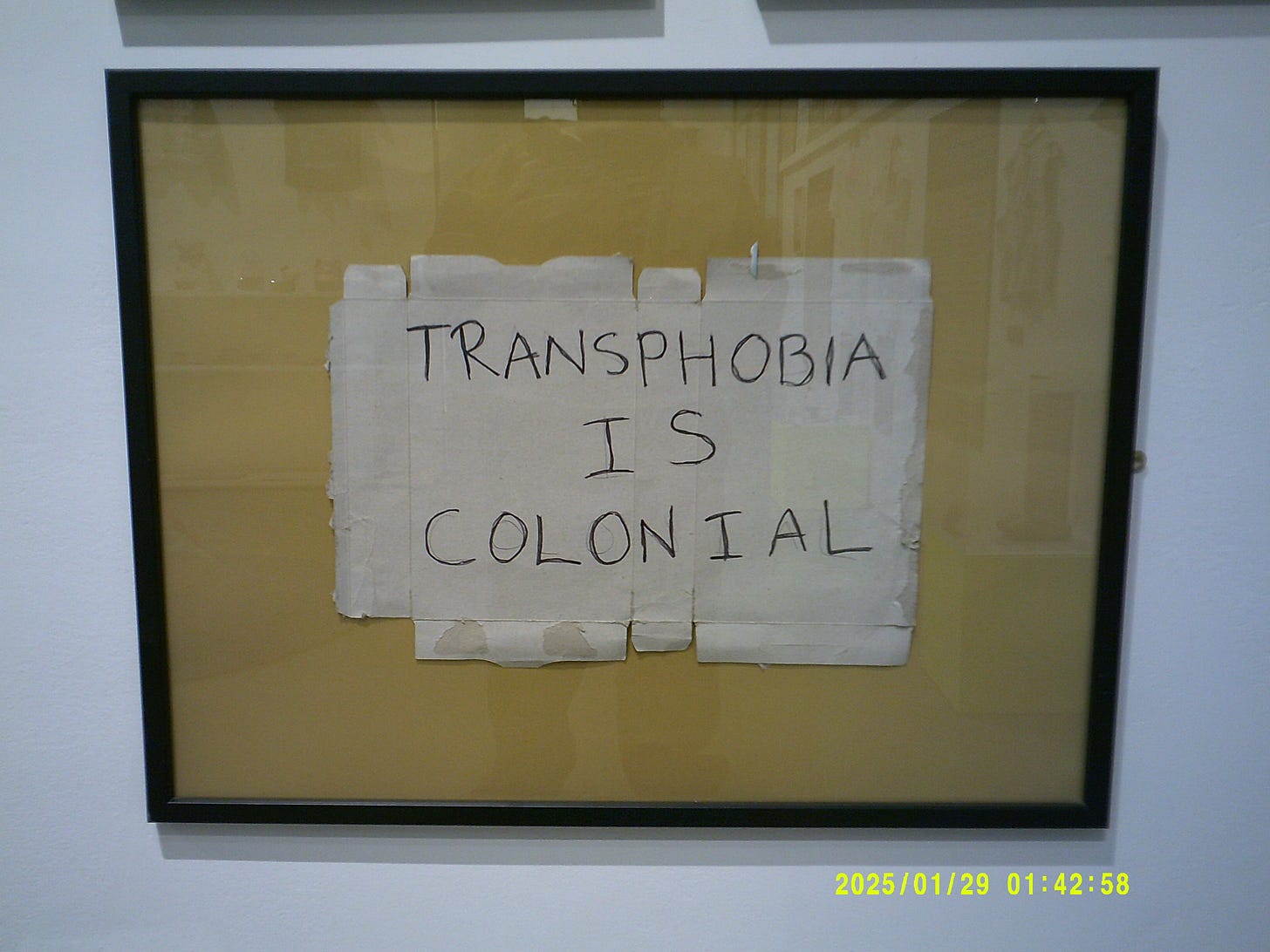
[Image taken during my visit to Transcestry: 10 years of the Museum of Transology exhibition. The image is a unfolded cardboard box with the words ‘TRANSPHOBIA IS COLONIAL written on the card in pen]
I don’t want this entry to exceed the reading time of 5 minutes so I will finish this section by saying that I cannot go a day without thinking about home, and I don’t mean the physical; the house, but ideas of home. I want to ask ‘what makes you feel like you are at home?, how do you ‘make yourself at home’? how do you ‘feel like home’? I want to ask these questions of myself and others and as I continue to unfold my practice through workshops, exhibitions, and writing, I wonder: Are there colours, images, sayings, foods, certain people or a way of doing something, a ritual that makes you feel at home?If you tell me to '“make myself at home”, what would I do first? would I get a drink? would I take my shoes off? would I put a record on and if so which one?
You see, because home, like gender and race can be considered a construct and so as I construct myself a new home in my own skin, I wonder what home really is, what it really means.
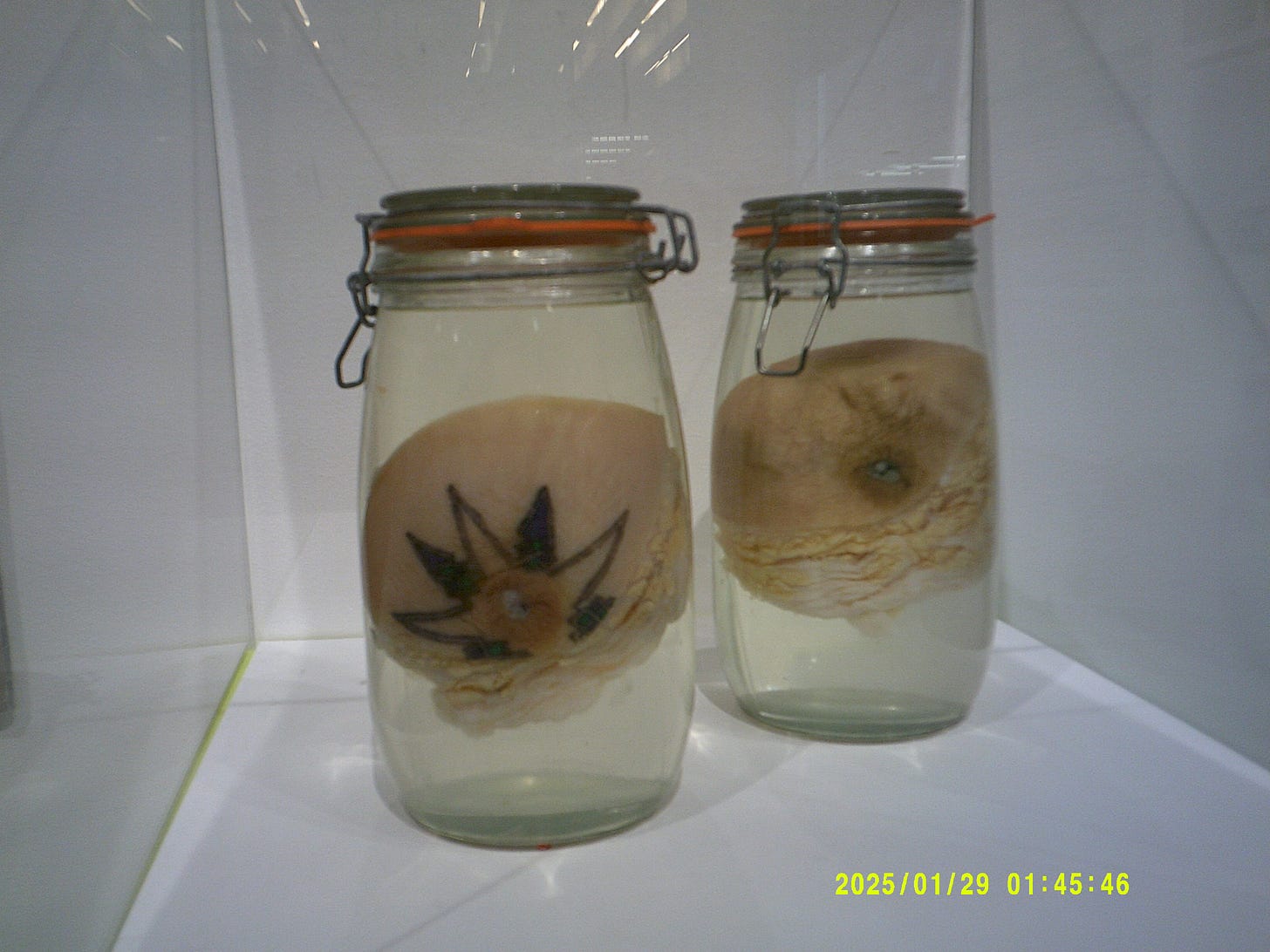
[Image taken during my visit to Transcestry: 10 years of The Museum of Transology exhibition. The image is of 2 breasts/breast tissue removed during top surgery and being preserved in a jar of some clear liquid substance. One of the breasts have a partial tattoo on it] STUDIO VOLTAIRE … we go together
After 9 months together, I think it’s about time for a hard launch. It’s time I just come out and say that I am in a healthy and loving relationship with Studio Voltaire.
I won’t go into detail of what the Tender Living program is because you can find out more about it on their website, but in short, I am being tasked and supported to explore Black Trans health and support systems in the UK via an artist-research residency. I have been slowly falling in love with Studio Voltaire (the Civic team and the building itself) over the last 9 months, we have even spent a few nights together, and so with lovestruck eyes I really believe I can see a future for us.
Metaphors aside, I am enjoying being in residence and have met some incredible people and organisations throughout the project, including organisations such as Black Trans Hub, Trans Muted and Gendered Intelligence.
On Friday, courtesy of my bae, Studio Voltaire, I visited Trancestry: 10 years of The Museum of Transology at Lethaby Gallery in London curated by E-J Scott. It was an affirming and educational day trip and I left with a digital camera full of images, an empowered sense of identity as I navigate this English landscape of overt and covert colonial and patriarchal violence, and a new found fixation with STP (stand-to-pee) pack3rs. STP pack3rs helped me to fall down a rabbit hole of a myriad of trans masculine gender affirming objects. I might talk more on this in the next entry. For now, I will just sign off by saying: Trans lives matter, Trans people have always existed, and Trans people will continue to exist in spite of the violence against us.
.2
02.03.2025
Being 17 and 19 were my favourite ages. I liked being 27 too. 27 felt like I was 17 again but with more money and a little bit of freedom. In reality I was never truly free until today. Today I am 34 years old and it is not my birthday or anything, I have been 34 since last May but today I learned that I am still 17, I am still 19, I am still 27 and I have all of these versions of myself within me, supporting me, teaching me how to love, how to learn, how to play, how to forgive and how to dream.
In continuing to reflect on the study of non European matters in a European institution, I want to say that I care about, I mean really care about indigenous Afro-Caribbean learning models and I really care about research as art (not so much art as research right now, although Cut & Mix, curated by Ian Sergeant is a beautiful example of art as research). I am interested in how the two will direct my studies. I am determined to remember that my intellect cannot be defined or validated by the same systems and culture who misled my ancestors into believing their knowledge systems were mythical and nonsensical. It’s because of this very reflection on the different lives I live, will live and have lived across the many realms in which I call home, I wanted to share something on the notion of writing and making as methodologies.
When I write, I become aware of how my mind sounds, I am aware of how the words line up one behind the other waiting to leave me. When I write and when I make, something quite spiritual (and perhaps sexual) happens as the thought, the idea or the information makes an exodus from a very private place to a very public one.
But the thing with writing, especially the way in which I (choose to) write, is that it will never be academic in the way a journal or article is. It will always be slightly romantic, biblical in tone and very literary. I have to be careful with this because I will be presenting ‘facts’ and must ensure I do not wrap them in a coat of fiction. I think this could be done well but it could also pose some complex issues, particularly in a time of false narratives and fake truths.
There are many people who write and make their research, many who wrap their realities in a thick layer of art and these people are profoundly skilled at presenting research as poetry or art. I want to be one of those people, maybe I already am but in this entry I want to share some of the people who I believe do this well and whose methodologies I’d like to emulate as practice-based researchers (although many of them may not explicitly identify as that).
Below is a playlist I will be adding to as I enter my post-graduate studies. This playlist will accumulate songs in which I feel speak truths in an artistic way:
And here I have put a few contemporary artists and their practices that I am currently enveloped by and consider examples of practice-based research (although as I write that term, it feels reductive and still somewhat classist). I have highlighted some artists, writers and photographers but I hope to expand this list with some designers, film makers and dancers:
Alvro Barrington
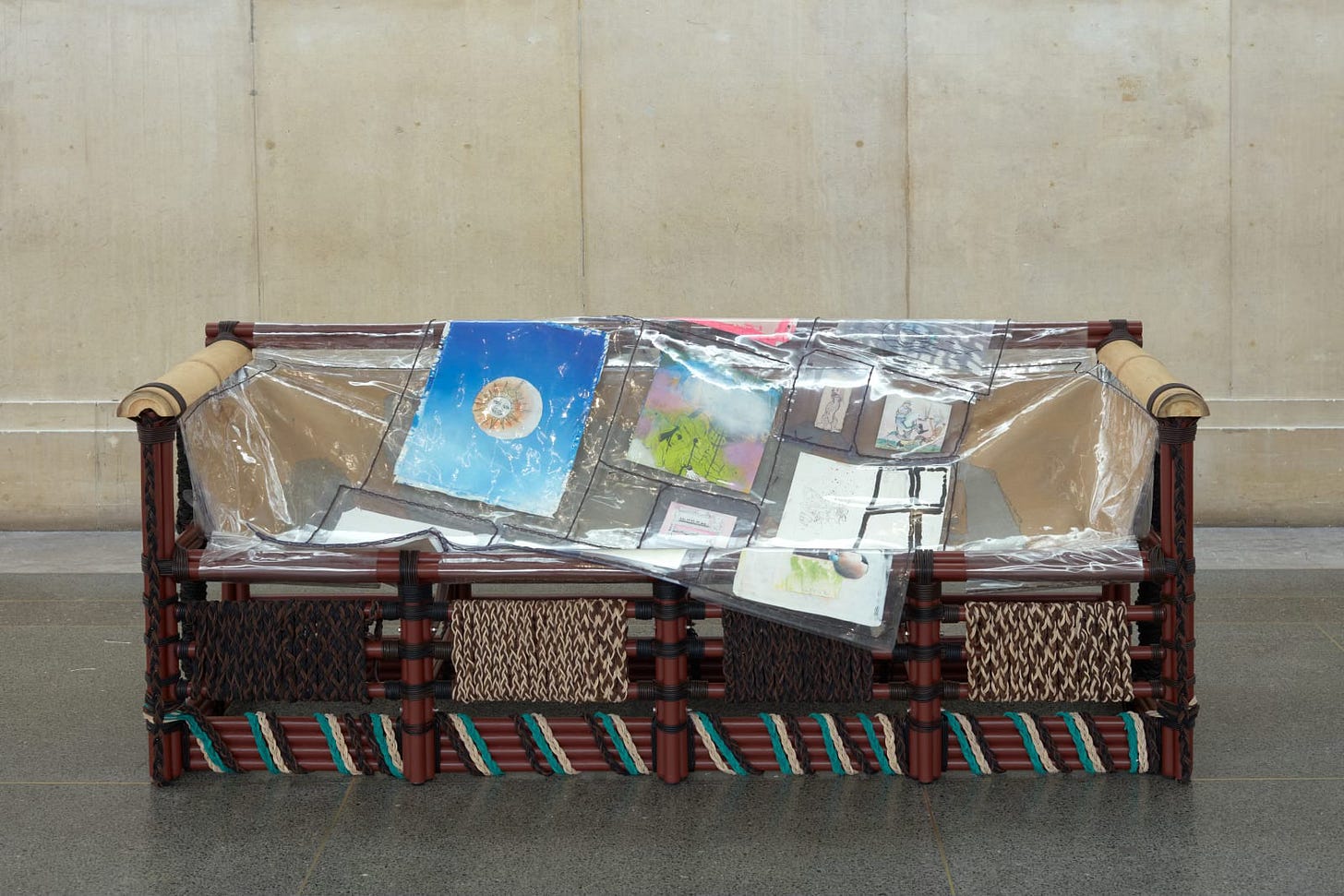
Nguyen E. Smith
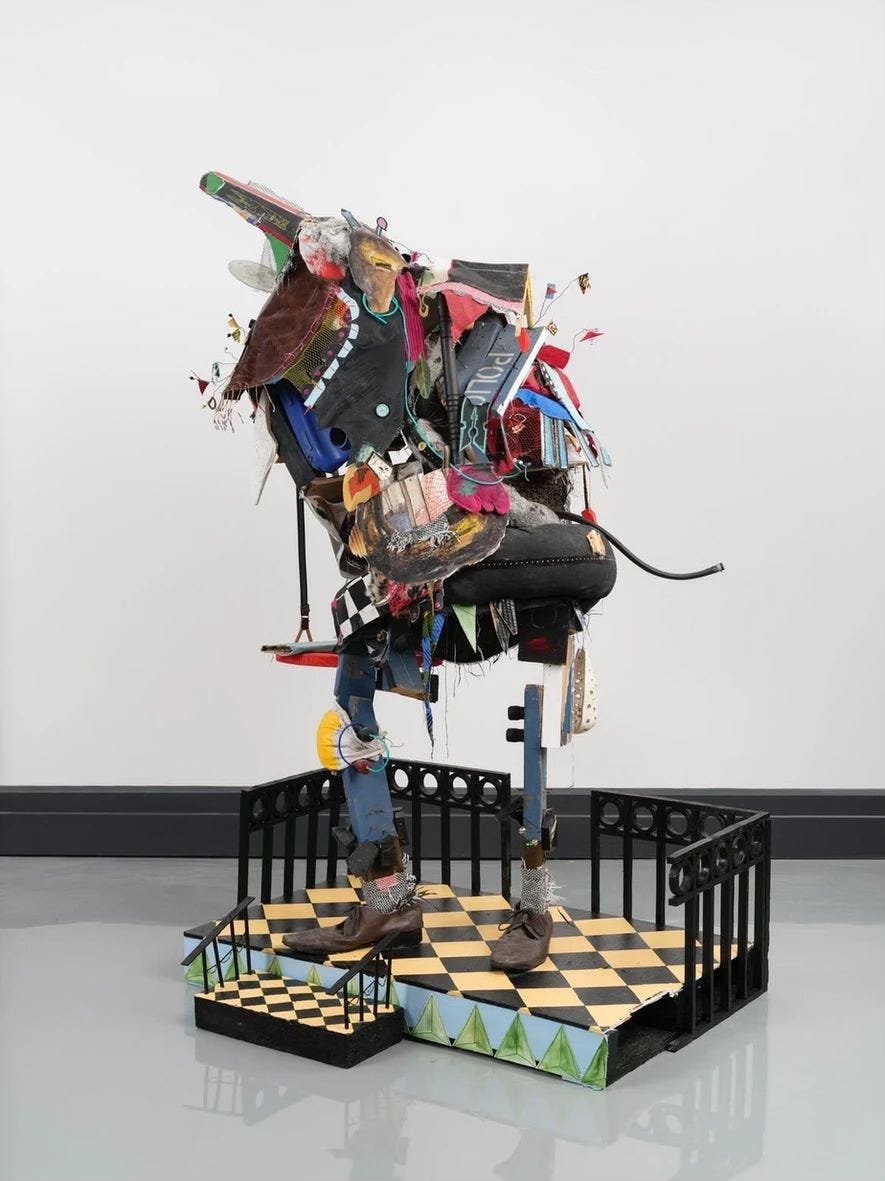
Lauryn Halsey

Marlene Smith
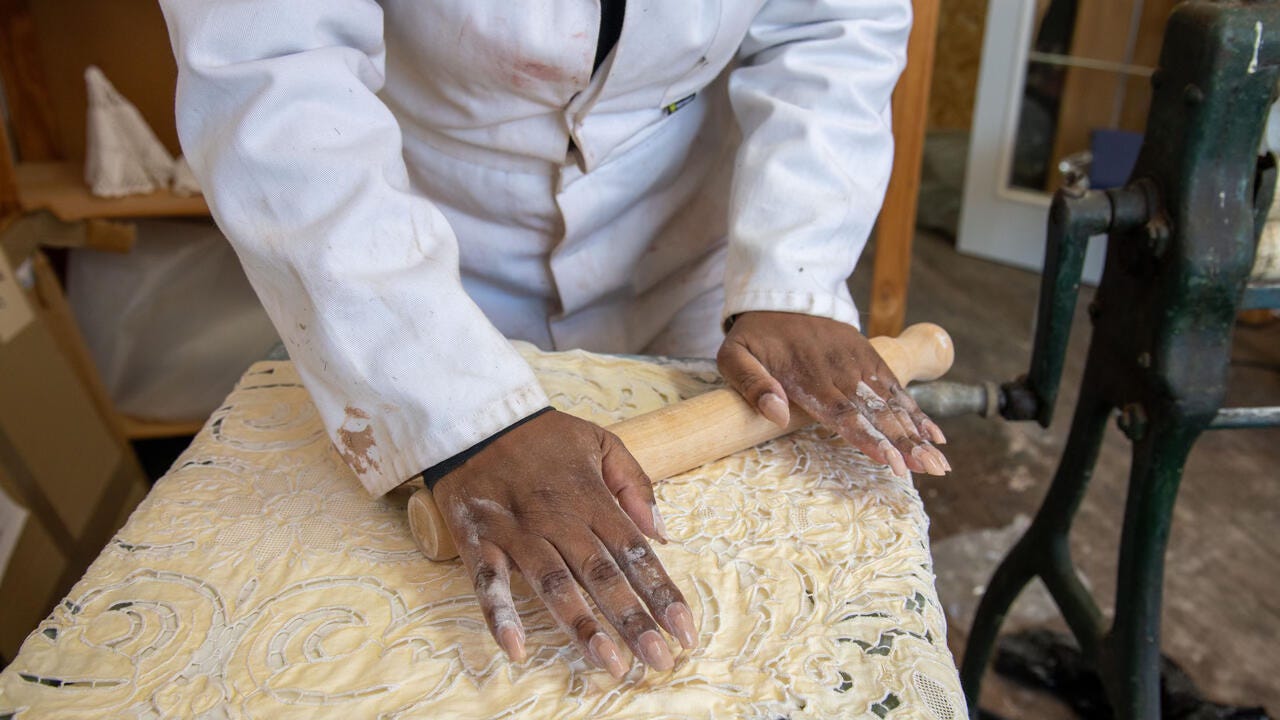
Jenny Holzer
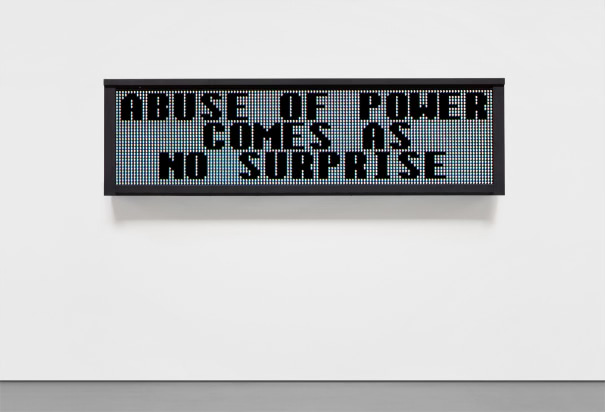
Lola Olufemi
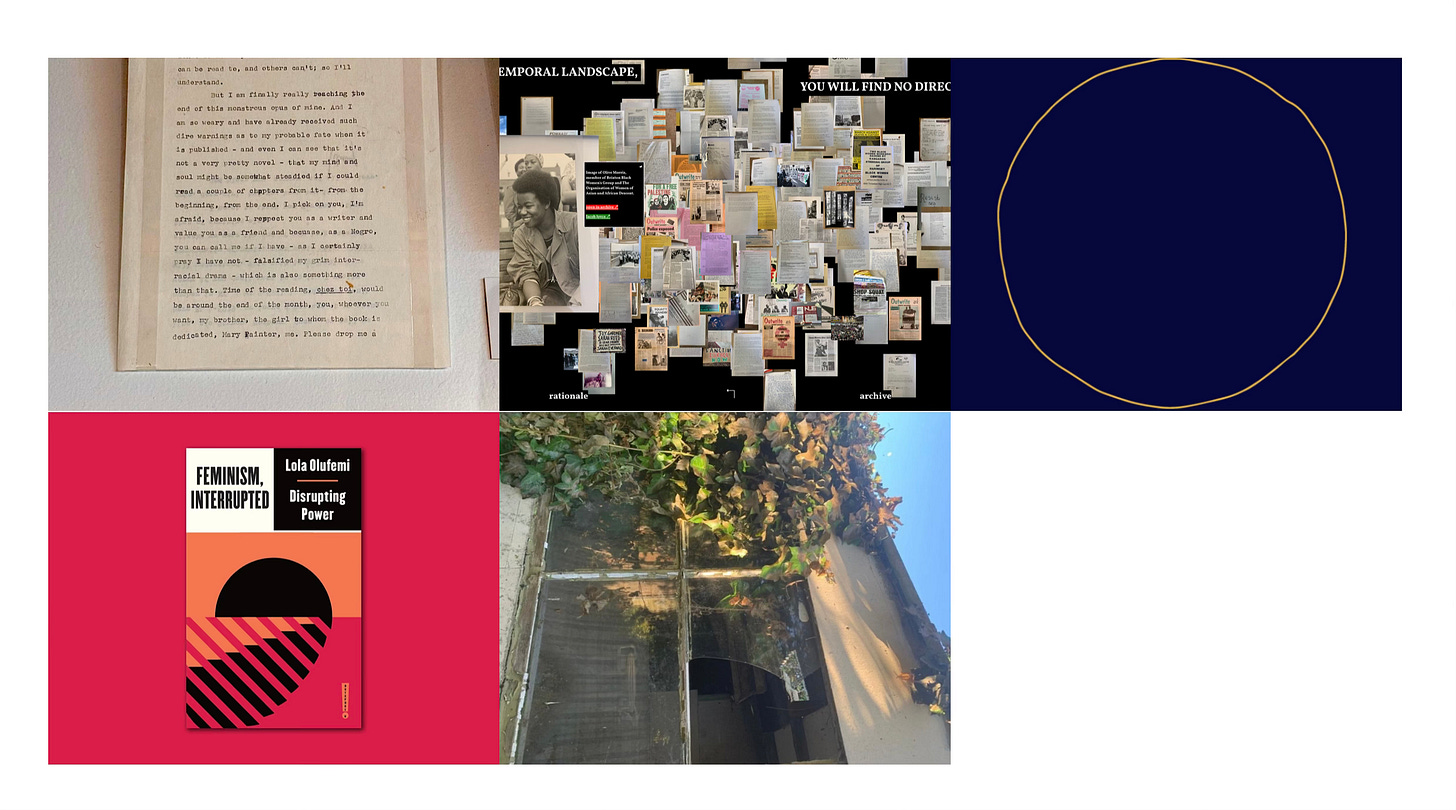
Sofia Yala
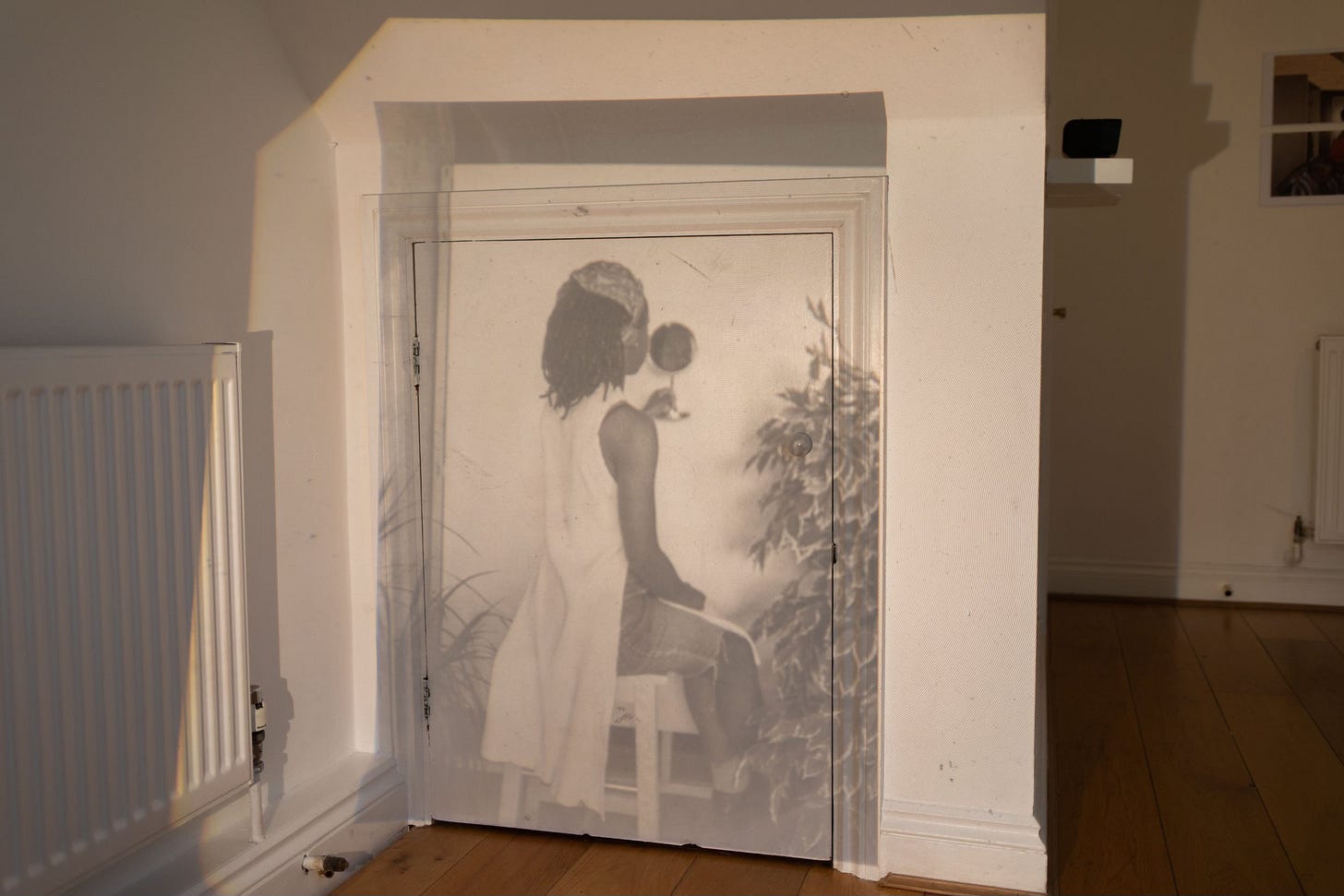
Navi Kaur
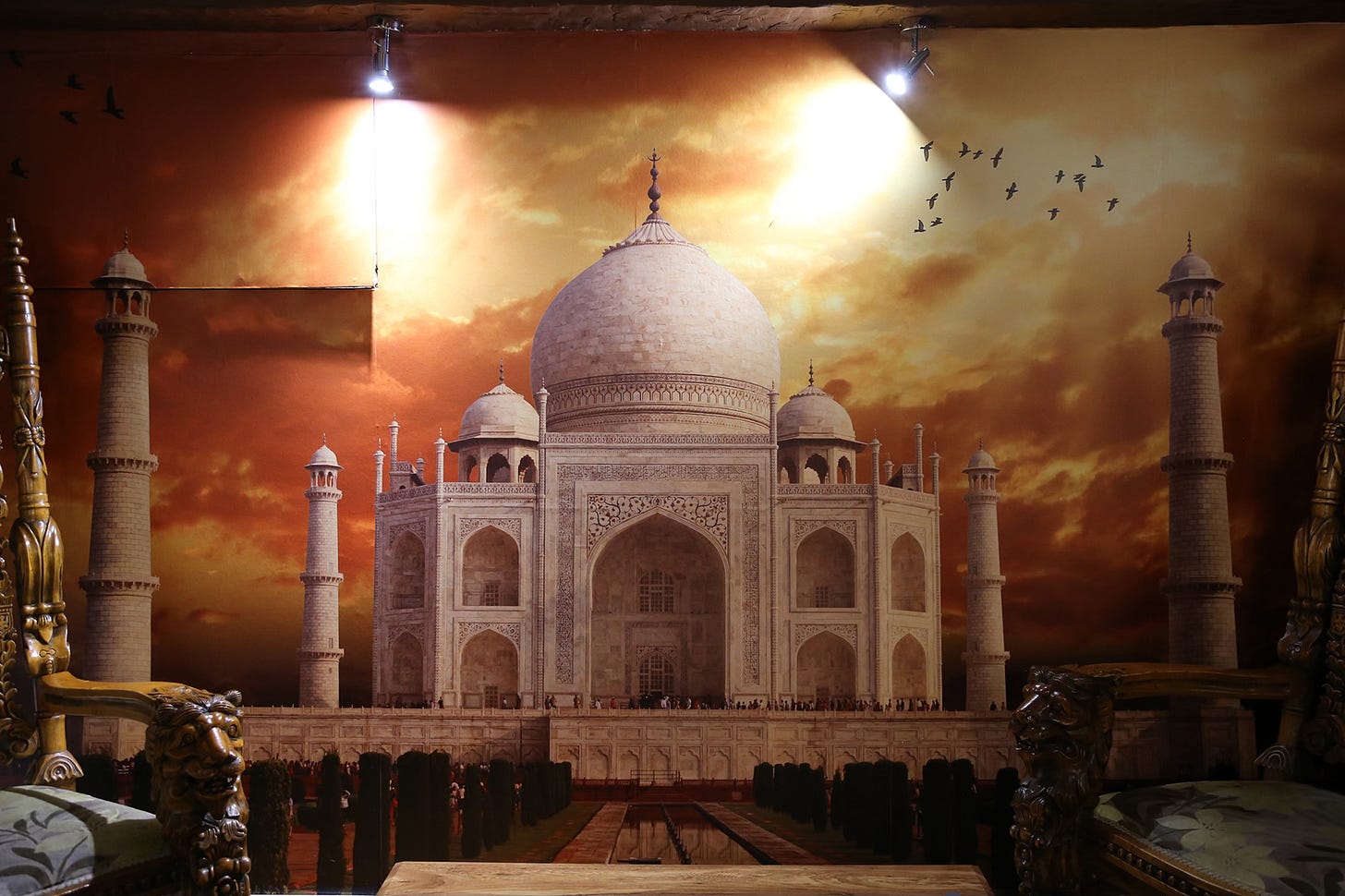
I must also make a special mention of an artist who I recently came across by the name of Jack Ky Tan. Jack Ky Tan is working in a way that I find particularly fascinating and whilst I am not sure of the direct link between their practice and this entry right now, this is my space and a space for me to put what I care about so with that in mind; here is Jack Ky Tan’s practice and here is why I care about it:
Jack Ky Tan
The way in which one maintains their practice, the way in which one shares and talks about their practice, the way in which one views their practice are all incredibly complex and important parts of a practice. If the practice is a body then the aforementioned is the clothes that the body wears. The choices the owner of the body makes regarding their body say something important about the vessel. Ky Tan uses the term digital garden in the description of their website, they explain it as a place where they can plant things and watch them grow and water the seeds of ideas, accepting that some will blossom and some will not. I care about this, I want to know more about this. I hope to have a conversation with Jack Ky Tan at some point this year, to learn more about how they dress their body (practice).
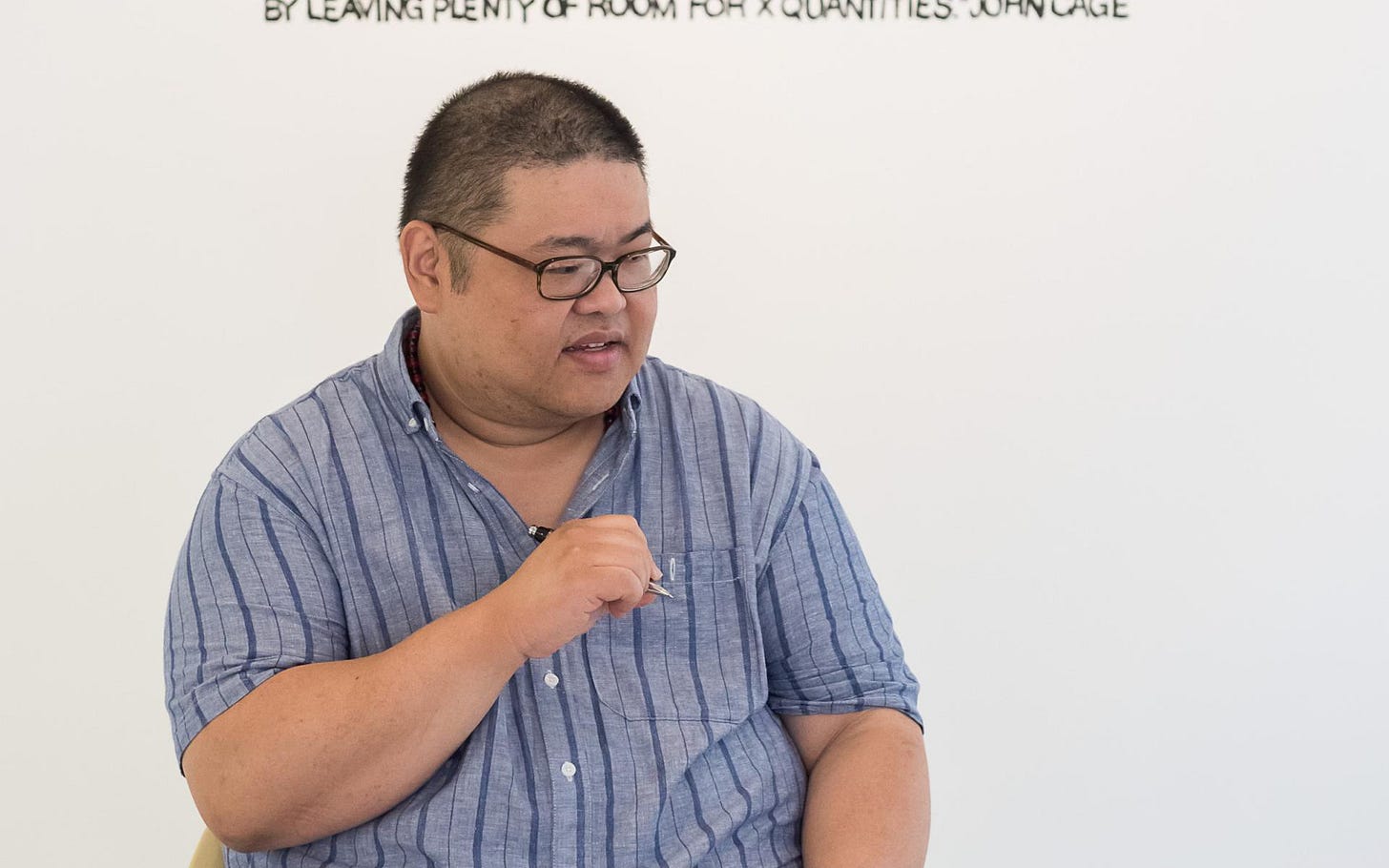
.1
25.02.2025 Although I am at a point of formally researching ideas of home, I do not want to give weight to the institutions and bureaucracy of academia in order mark my journey with the study of home. I have long had complex relationships with the geographical, physical, symbolic, nuclear, patriarchal and religious ideas of home. My relationship with Jamaica and my Jamaican heritage subtly bubbled under the surface of the aforementioned. I have long thought about the domestic; the literal addresses, the family unit, the culture of the home, the gendered home, the house itself and more recently, the body as home (although this was something being taught to me in a different way via religion, I will write more on this later, maybe).
Please consider this my first comment on this practice-based research as I record what I have been reading, watching, loving, hating, asking and thinking about here on sub stack (a space I have never engaged with before. it feels like the first day I made a Tumblr account but more adult).
Hopefully this is the only time I will use this space to repeat sections of my proposal but please see my 3 research questions for my upcoming postgraduate study titled Home sweet home: an artistic exploration of Jamaican migration and gender transitioning to generate new understandings of home.
- What is the hegemonic Jamaican diasporic home? And in what ways can new worlds and knowledge systems be drawn from these explorations of home?
- How does the trans body exist as a version of home?
- In what ways could contemporary art practice be used within galleries, schools and organisations to better articulate themes of belonging?
There are many artists currently, before me and I’m sure will be after me who explore the British Caribbean home and how these homes look in the Western diaspora. Artists such as Michael McMillan and Vanley Burke have comprehensively explored the literal home by looking at the aesthetic of the Caribbean migrant front room and occupying a gallery space with personal ephemera that captures the very culture of a diasporic home. In 2015, Burke presented At Home with Vanley Burke at Ikon Gallery Birmingham. In 2021, McMillan curated an exhibition titled A front room in 1970 at Museum of the Home in London, a new iteration of his work, The West Indian Front Room, which exhibited in 2005-2006. Both McMillan and Burke captured the Caribbean-British or British-Caribbean domestic environment using installation and sculpture.

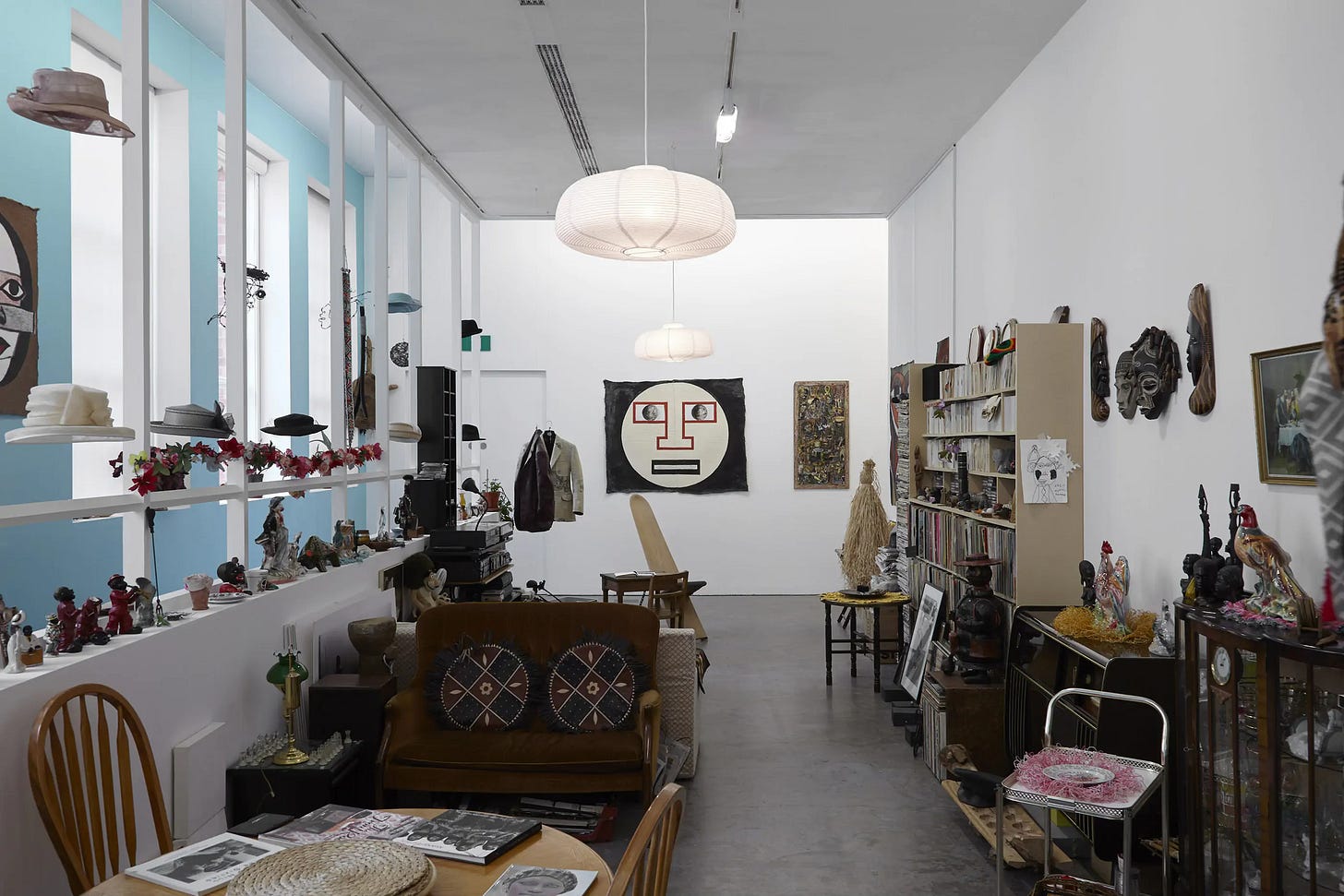
In 2021-2022 I was a resident at The New Art Gallery Walsall where I began to consider folklore, specifically old wives tales as part of the Jamaican home making. My research suggested two things: 1. Folklore is generational wealth and 2. These tales are being followed and inform new understandings of home.
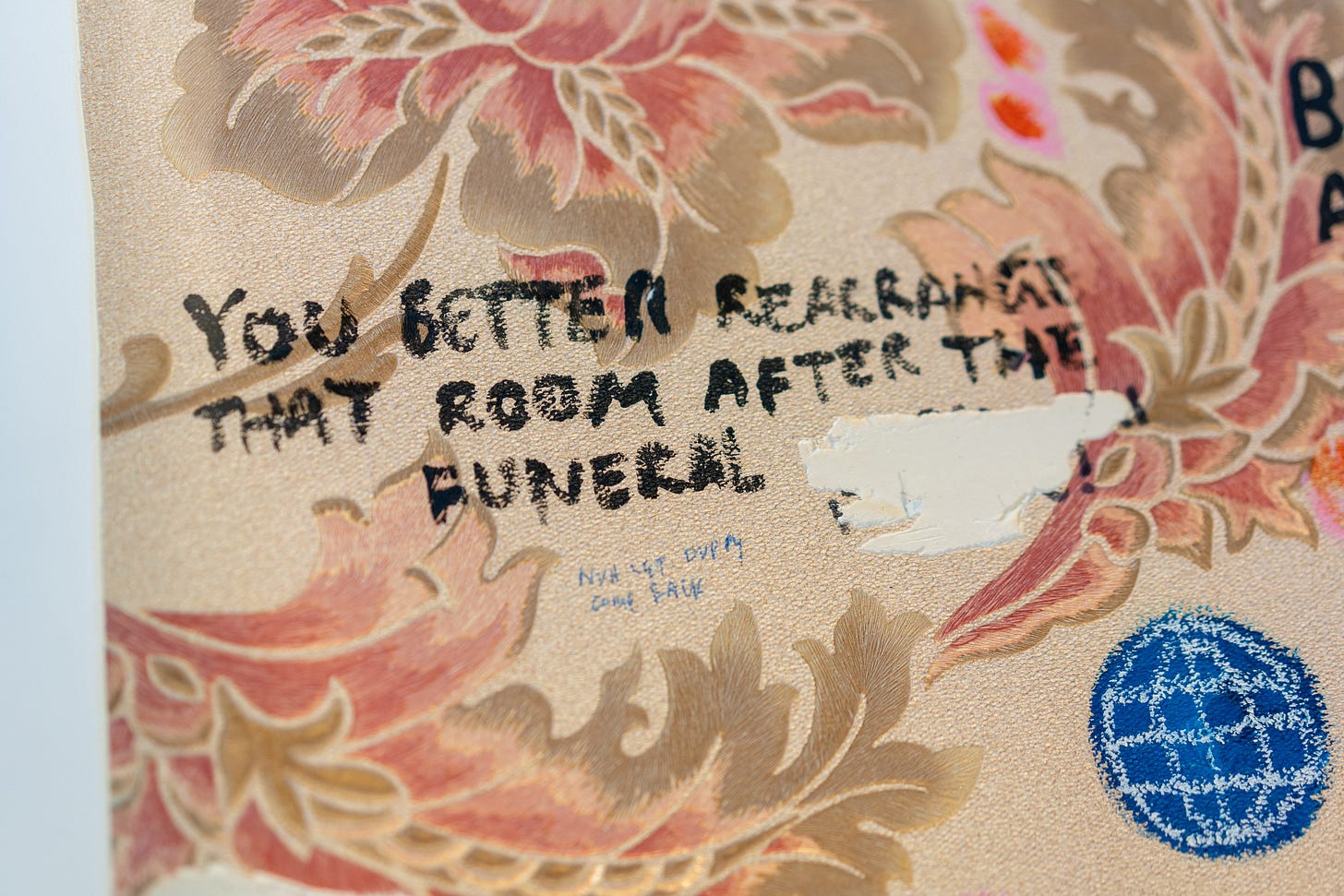
I became interested in the fluidity and rigidness of defining home, specifically as a British Jamaican who exists between the cultures of the coloniser and the colonised.
I will clumsily fast forward to 2025 where I visited a survey of Blk Arts Group member, Donald Rodney’s Visceral Canker (I attended on the last day of it showing at Nottingham Contemporary). Rodney’s work does something in the way of answering both research questions 1 and 2. Rodney thinks about home through the lens of race and identity but he also comments boldly on his body as home and how that home was impacted by illness. Whilst I am interested in the body as home too, I am taking a detour and investigating the trans body as home. I am asking “if the body is our home then what happens to that body when we(I) gender transition?”
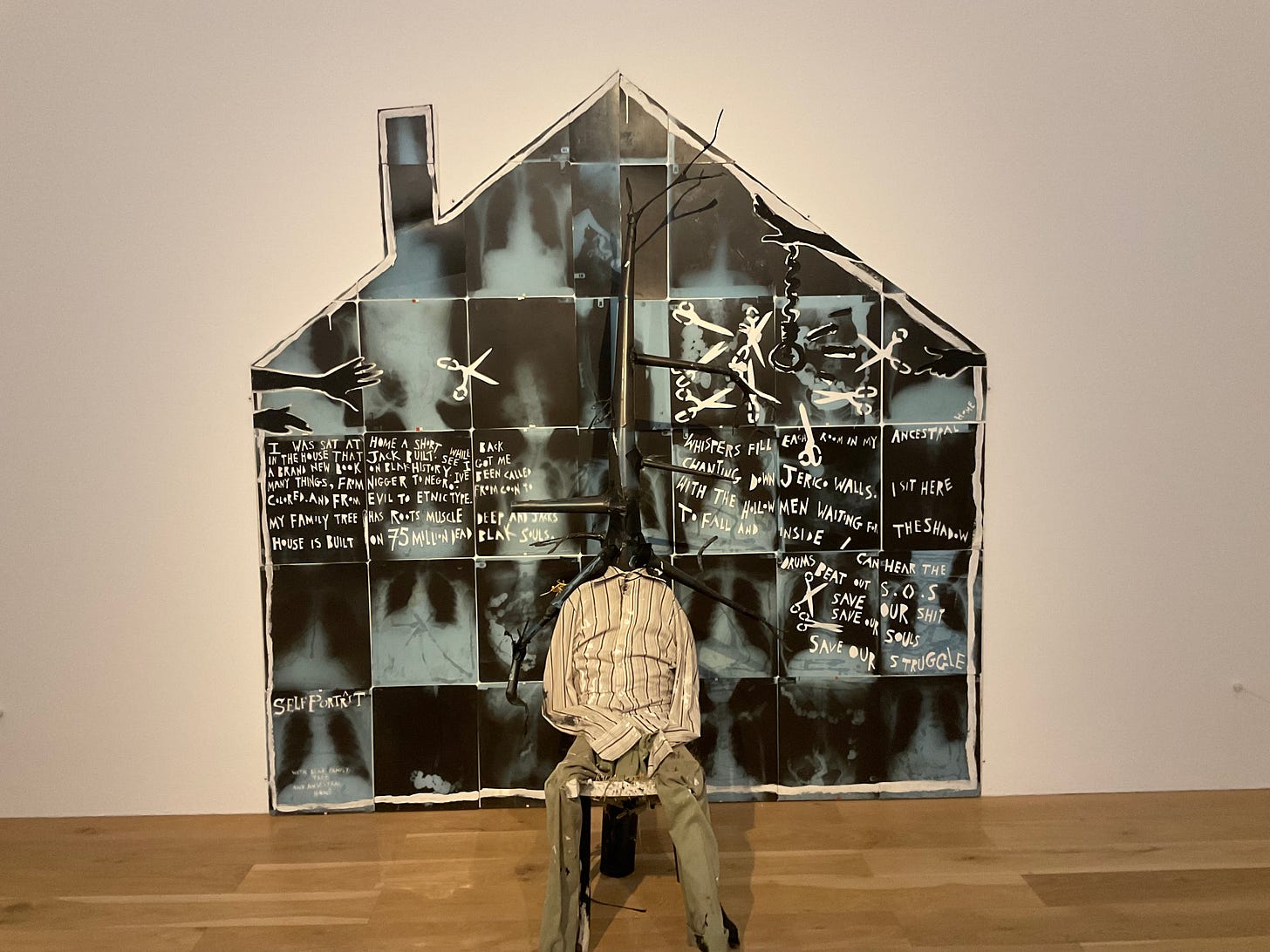
Rodney had many works that I lingered around and that keep me returning to the poorly captured images taken on my smartphone, but the artwork that I have named this entry after is Donald Rodney’s My Mother My Father My Brother My Sister (1996-1997) a small sculpture made from his skin and some pins, forming a house. I have seen the artwork that is a photograph of this house in his hand but I had never seen the tiny skin house in its own right, and never up close. I liked the title because, like Rodney, I come from a family unit where I have a mother, a father, a brother and a sister. I think about this unit and it’s structure often. I think about what ways this structure is Jamaican, what ways migration has influenced this structure, in what ways this unit is gendered. Like the title of Rodney’s work, the roles of each family member is central; mother, father, brother, sister, but all of these titles centre the person who they ‘belong’ to. What I am highlighting here is, who’s mother, who’s father, who’s brother and who’s sister, in this case it is Donald Rodney’s but for me and my auto ethnographical research, I am the point of interest and one of the vessels for research.
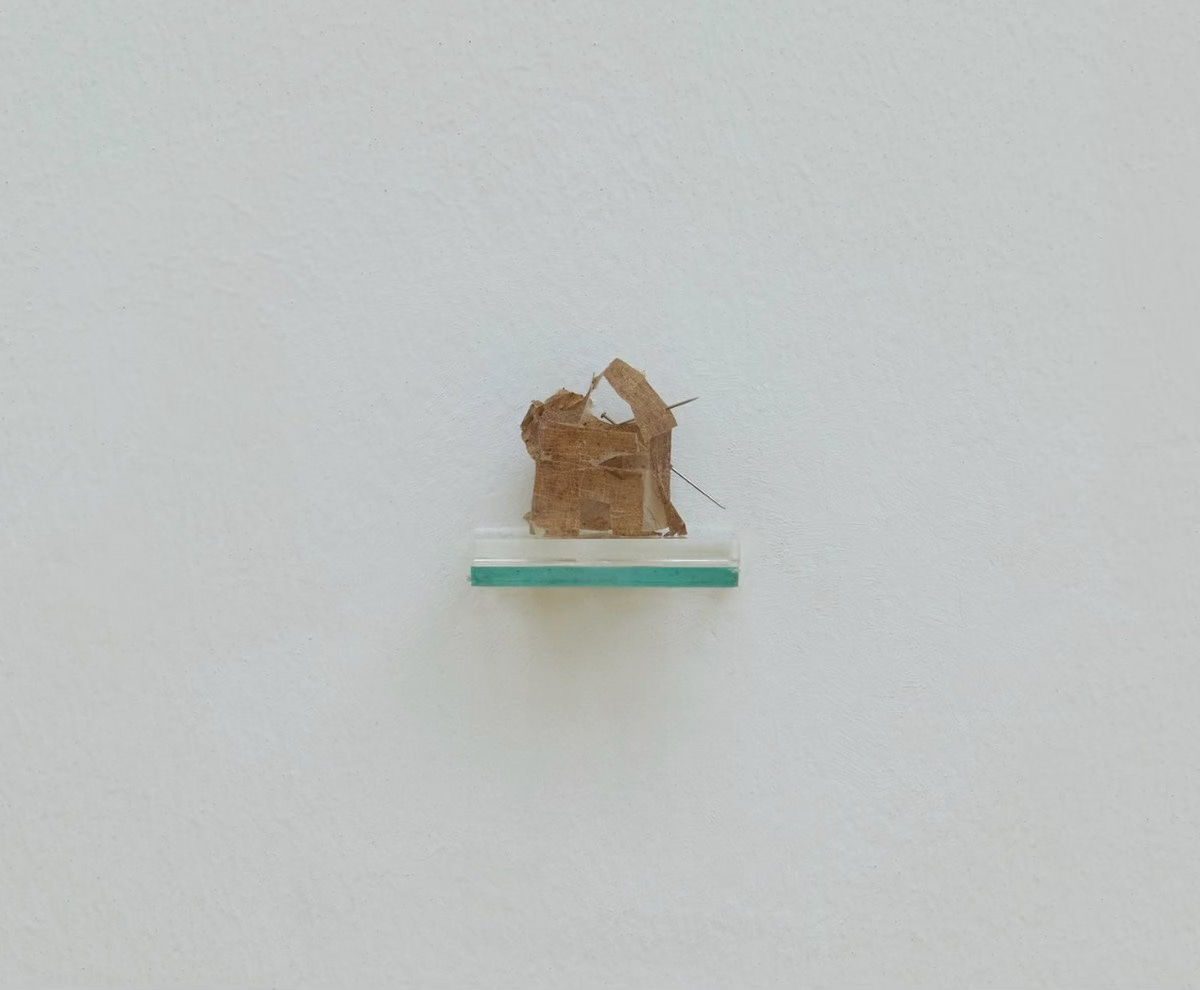
I am going to end this very long (longer than I intended it to be) blog entry by noting that I have already observed the limitations of the institution regarding Afro-Caribbean knowledge and the ways in which much of our Ancient African culture cannot and should not be held by an English institution. I know this PhD will not be able to hold the deeper layers and findings of understandings of home. I am not ok with this but I am using this as a starting point, I am using this opportunity for research to figure out new ways of continuing this study beyond Jamaica and Europe and more accurately in southern Ghana, where my paternal family lineage began.
Other essays:
Exaaactly!
22.03.2025
Five years ago, in a small pub on the corner of Floodgate Street in Birmingham, England, I sat with, I think, 8 other creatives from the West and East Midlands. We sat in clusters around sticky wooden tables, nursing bottles of fruity cider. Mine, the smallest of all the clusters, spoke in depth about the kitchen.
A few hours before we quenched ourselves with alcohol, I gave, what would be my first, and unbeknown to me, my last, live improvised performance, titled ‘The Kitchen’. And so at the pub, we continued to talk about my performance and what the kitchen represents, could represent and the rules in which frame them.
We spoke about the kitchen as a space where adult conversation happened, where decisions were made, where women were comforted by each other, where hair was pressed, food was cooked and where I read my aunt’s lips through the slats of a hatched window in the wall of the dining room.
It’s now Friday night and I’m sat on my sofa, I look across at my small open plan apartment and notice that there is no barrier between lounge and kitchen area. I stare across at my kitchen and furrow my brows, smiling to myself as I wonder how this borderless kitchen influences my own culture of conversation, kinship and Blackness in my home.
I continued to look around my space, viewing it in a way I never have before, in the six years I have lived here. I smirked to myself again as I realised that my home would be described by the English as ‘kitsch1’. The Euro-centric habit of calling what isn’t minimal, bland and lifeless, tacky is a transparent display of jealousy, racism, and bitterness on their part. As I scanned my eyes across my, what may seem to some as an excessive, collection of sentimental objects, I let my mind take a slow walk back to the idea of the kitchen.
I had a friend stay over last night, and as I cooked dinner for us, back turned to her as I hastily moved left to right across my kitchen, we spoke about a number of things but more interestingly, it is how we spoke that I want to appreciate. There is much I could say regarding coded language within Blackness but I think it is important to protect elements of our culture from predators that practice the consumption and destruction of our culture on the internet.
What I will say is that when I hear my Black friends and family speak, I am enraptured by the ways in which we affirm one another. As I stood over a pot of swelling basmati rice, my dear friend, on the sofa two feet from me, says some profound things about religious psychosis, astrology and queerness and much of it aligns with me so deeply, I respond passionately with “EXACTLY!” and sometimes “right.” I say it with a smile and throw my hands in the air, recognising the irony that I am mirroring the idiosyncrasies of the Black pentecostal church and their use of the word amen. They go back and forth with me, sharing something they read recently that further supports our theories and I respond by extending the ‘i’ in the word ‘right’; a way of emphasising just how much I’m in agreement. I am so excited by Black camaraderie and agreement expressed through language and gestures.
I am in love with the ways in which we express:
You are right
You understand
You understand me
You get it
We are thinking the same
We are on the same page
I value your take
I agree
Amen
“Riiiiiight”
“Exaaactly!”
This leads me to also think about phrases, often with religion at its centre, that express gratitude, weariness and humility. In scenarios that to most, would require more context, an elderly Black person sitting down in the sofa whilst saying “Thank God” is widely understood amongst other Black people to mean gratitude specifically for rest, or for a home, or that it’s the end of a day, or to be home safely or a combination of all these things. “Lord have mercy” is one of my favourites and it is so versatile and can communicate shock but also a literal pleading for mercy from a deity. It’s these coded expressions of Blackness, specifically within African American culture and British Black culture, that delight me.
If creativity is as natural for me as breathing, then why am I holding my breath?
19.03.2025
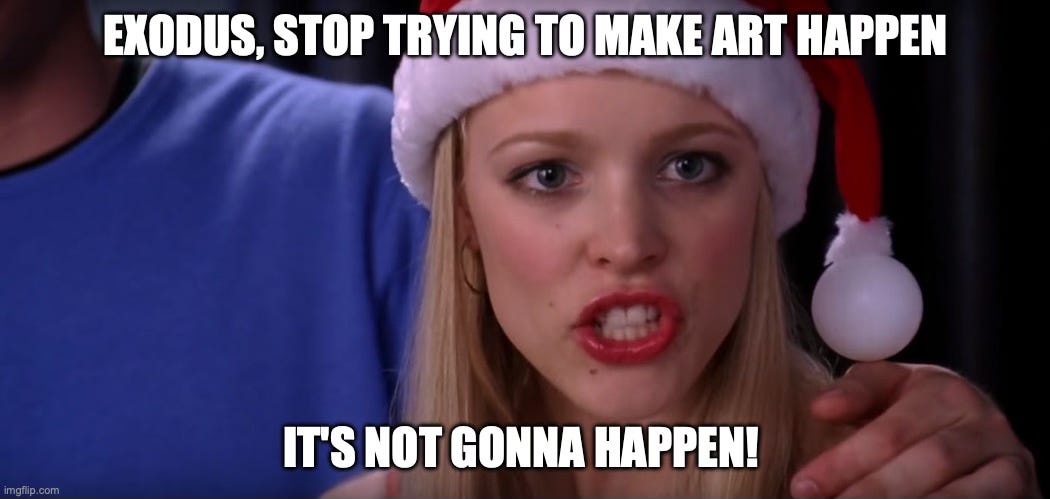 One of the results of me leaving the M word1 is that when I reach for my phone, with the itch to share a bit of myself, (mostly to see myself through different eyes, hoping I might enjoy myself a bit more through the eyes of another) I remember that I have somewhere else I need to put my life now.
One of the results of me leaving the M word1 is that when I reach for my phone, with the itch to share a bit of myself, (mostly to see myself through different eyes, hoping I might enjoy myself a bit more through the eyes of another) I remember that I have somewhere else I need to put my life now. So instead of sharing an infographic, colourful instagram quote on my story, or sharing an ambiguous photo of my feet at the gym, I choose to come here, with you all. Substack, particularly the melanated section, is full of educated, funny, sophisticated, creative, funky, nerds and there’s air conditioning here, and complimentary shrimp tacos. I like it here and I realise the language we speak in, is more text based than visual and I suppose, so am I, or so is my practice.
It’s Thursday afternoon, and we are all still looking for the spring we were promised here in England. I am wearing thick socks, sweatpants, and a hoody and I have all of my lamps switched on because, after all, the big light is only for reading instructions. I am sat in the corner of my sofa when I admit something to myself:I have been struggling to make art happen. I have been feeling artistically - for lack of a better word - constipated and came to the realisation that I have been performing creativity.My artistic practice and I are forever intertwined and impacted by life, audience and environment but I believe that when I am having these moments of disorientation and stillness it is because my artistic core is out of balance. It’s because I’m focused on appearing as an artist as opposed to actually being an artist; I’m performing creativity.
I believe that how I choose to make might change but what I want my art to be aboutwill always come back to the same four areas. When I feel far from my core as I do now, I must revisit my four principles that convict and excite me:
- Nature
- My relationship with nature and how I use the materials of the earth to make
- Nature as my god(s) and how can I worship and devote my life to the elements
- Finding healing and holiness in nature
- Memory
- Positions of time and space: considering the past, present and future not as directional but as overlapping landscapes as opposed to them being an act of looking back or forward. Time not as behind or in front but inside and outside and merging together
- Childhood as a forever state and how all other ‘hoods’ answer to the seeds of childhood
- Religion
- The lines between hedonism and religious purity
- Rebelling and finding autonomy and exploring self-determination
- Undoing colonial belief systems and finding indigenous spiritual practices
- Symbols and ephemera that impact atmosphere and mood
- Heart
- The overwhelm of emotions: feeling everything at the most heightened levels
- Pain as dying slowly and grieving as ongoing
- Relearning what love is and love as a methodology for understanding self
There are many books that informed my most recent solo exhibition (Epiphany: Temporaire), just as there were when I curated my first ever solo show (Two Truths and a Lie) in 2019. But the books I find myself needing at the moment, and the reasons why are shared below.
Reviewing and, or critiquing a book is an incredible skill; one I do not yet possess, so the following comments are simply about how I engage with the texts and why, as opposed to what I think of them as a whole.
Texts I’m reaching for, to re-ignite my core:
- Experiments in imagining otherwise2 by Lola Olufemi
- Art on my mind: Visual Politics3 by bell hooks
- Writers of the Caribbean Diaspora4 edited by Jasbir Jain & Supriya Agarwal
- Transecology: Transgender Perspectives of Environment and Nature5 by D.A Vakoch
- My own work - yes - my own writing. Everything that becomes three-dimensional always begins on the page, or the screen, but preferably on a page. I am learning that writing is a key part of my process and there is always a need for me to return to words; to language.
- Your silence will not protect you6 by Audre Lorde
- The healing wisdoms of Africa7 by Malidoma Patrice Somé
- The Slow Grind8, edited by Georgina Johnson
There are some books that I intentionally do not read cover to cover but instead, go to them in search of wisdom, letting Spirit lead me to whichever section I ‘need’ to read in that moment. Lola Olufemi and Audre Lorde’s aforementioned books are two books that I engage with in this exact way. When I read books like Experiments in imagining otherwise and Your silence will not protect you, I am deeply challenged to think about the world/my world/ my relationship with the world around me. When I read these books, my way of thinking, the order of my thoughts and my Euro-centric, patriarchal, individualistic and capitalist conditioning is disrupted. These texts hold me accountable and remind me that my environment, my society, my community is not separate from me, that they are in fact my concern and I should not pride myself on the ability to isolate from my emotions, my body, my community and the natural world. I become just a little bit more undone when I read these books. I am forced to look at the wounds behind the flesh coloured plaster and confront the cause of the injury, and in some cases, the cause is me. These texts ground me in my morality, give me some life values and tell me which weapons are appropriate for the fight I am currently facing. They remind me that queer writers and thinkers such as Olufemi and Lorde are essential to the liberation and revolution of the modern, Afro-Caribbean diasporic person, particularly if this person has been raised as a girl or woman.
And then you have books like The healing wisdoms of Africa, Transecology, and The slow Grind, books from very different perspectives, different parts of the worlds, written in fairly different times. But all three of these books remind me of the power and supremacy of nature. All these texts teach how to be in nature, how to be taught by nature and how to speak the language of this earth we inhabit. Malidoma Patrice Somé has a beautifully quiet power in the way he shares his experiences of modern Africa and ancient Africa and his experience navigating the terrain in between. Somé consistently reminds us of the power of community and nature throughout his book and D.A Vakoch presents essays that speak a bit more to who I am as a trans being, seeing myself in the trees and animals and learning that the fluidity of being is in fact natural and incredibly profound.
I am grateful to have lived in the same timeline as bell hooks, and her 1995 release of Art on my mind: Visual politics showed me that my practice has a place and sits down gently in the canon of many other brilliant Black creatives. hooks’ book on art gives me excerpts of a mission statement and has provided me with the values of my art practice. I refer to it whenever I wish to describe why I make what I make and to remember why my way of making and my voice is important, particularly amongst my (s)kinfolk.
I will end this entry by saying that Writers of the Caribbean Diaspora was the first book I fell in love with during my homecoming visit to Jamaica some years ago. I sat behind a wooden desk too small for my stocky physique, in St James Library in Montego Bay, with a collection of dusty books in front of me when I ran my fingers across the frigid plastic cover of Jain and Agarwal’s book. This book plays a significant part in reuniting me with Jamaica because of all the books I have read in my lifetime, I have never been introduced to or encouraged to read books written by Caribbean authors. My school library would have never had Annie John on its shelf and my University reading lists would have never included the philosophical thinkings of Miss Lou or the literature of Dionne Brand, and so this book continues to be my collective reading list and connection to authors from my place of heritage, and for that I am forever grateful, as always, to Jamaica for its wisdoms.
I'm no longer using the M word*
12.03.2025
 I have to start by saying, whilst sketching last night, I received my subscription to Kameelah Janan Rasheed (KJR Studios) and was incredibly inspired to improve my ways of describing and existing within my practice. I have long been excited by Rasheed’s practice and their way of sharing their practice and so with that in mind, I am challenging myself to use Substack (and maybe Bluesky) more regularly and as a place with some structure and rhythm that allows you to engage with a myriad of content including visual art, writing, research, text experiments and sometimes just nonsensical autism-coded special interests.
I have to start by saying, whilst sketching last night, I received my subscription to Kameelah Janan Rasheed (KJR Studios) and was incredibly inspired to improve my ways of describing and existing within my practice. I have long been excited by Rasheed’s practice and their way of sharing their practice and so with that in mind, I am challenging myself to use Substack (and maybe Bluesky) more regularly and as a place with some structure and rhythm that allows you to engage with a myriad of content including visual art, writing, research, text experiments and sometimes just nonsensical autism-coded special interests.This morning, I, in the words of a lover ‘went dark on socials’, deactivating my instagr@m and deleting my whats@pp account (I do not have a fac3book account). I took the leap and left my most used social media platforms as I attempt to try new ways of sharing, connecting and learning that doesn’t rely on M3ta.
♥ Goodbye instagr@m
As an artist whose output is mostly visual, to leave instagr@m, a picture-based platform, felt like a silly move. There were a few things I had to acknowledge as I made this decision:
- Fortunately, I am at a point in my career where I do not need it to market myself as much as I did a few years ago. I recognise this as a privilege and hope to get to a place where I don’t have to rely on any digital platform for people to stay connected to my practice, but maybe this is naive.
- There are two of my (Black, Queer and Disabled, it feels important to specify this for reasons I hope you already understand) friends who are not on the platform and who are still very successful, well-known and connected, despite not having the app. This is encouraging.
- For me, the literal exposure was damaging my self-image and impacting my sleep. I felt - well I felt exposed. And even though my account was private, it never felt private enough.
- The conflation of personal and professional identities became a bit overwhelming and was causing people to become overfamiliar with me and/or my practice in ways I wasn’t enjoying.
So, I departed from instagr@m, and while I am sure I will see impacts on my personal and professional life, I hope that these impacts are more positive than negative and my audiences trust me enough to enjoy my work in other forms and in some cases, follow my practice offline.
♥ See you later whats@pp
Deleting whats@pp, was a much easier decision to make, that I have longed to do simply because of how overwhelming I found having so many on going conversations stacked atop of each other and the immediacy at which responses were expected. I recognise the benefits of group chats, broadcasts and so on and I am sure I will want to use these functions at some point in the near future, but for now, I just need a bit of quiet.
One of my difficulties in leaving whats@pp is my connection to my Jamaican family and friends. I am reminded of the benefits of whats@pp in that I can speak ‘freely’ to people across the globe (who of course, also have to have the app and have access to WiFi). For this reason, I can see myself re-downloading the app at some point next month as I will travel to Jamaica for my Birthday and need to speak to my loved ones there.
♥ Hello to stumbling upon things in the wild again
I wasn’t just using M3ta applications as a platform for output, but one I used to input information. By that I mean, I used the apps as a place to educate and inform myself as well as share things. Do I think there are some educational things on instagr@m? absolutely; some of my favourite thinkers exist on instagr@m but I also found that using instagr@m as a search engine was making me, I lack a better word right now, lazy. I found that I was going out less and looking less because I was already seeing so much online, I sort of stopped trying, I stopped actively going and searching for information in other ways and stumbling upon people’s practices as a form of discovery. I was so exhausted by the information, I became too tired to actually attend an opening night, or go to a spoken word event. My capacity for processing, socialising and digesting information is already impacted by autism so experiencing things online, began to reduce that capacity even further.
In no longer using the M word, I have found that talking to me has to be a bit more intentional. What I mean by this is, conversation will not just happen because you saw my story, or was scrolling and saw a post I made, my phone won’t buzz as a byproduct of a group chat message to all. By not having these apps, it means you weren’t ‘just in the neighbourhood’, instead you would have to actively go out of your way, possibly even inconvenience yourself in order to initiate conversation with me. I don’t know how I feel about this just yet but I am sure my relational communications will evolve accordingly.
I would be lying if I said that my main reason for deleting all M3ta applications were because of the behaviour of the company and owners. The politics and ethics and behaviour of all monopolising figures is always on my mind, but I have to be honest and say that my reasons for no longer using the M word were much more selfish with the added bonus of withdrawing my support from Zuckerb3rg and co.
To those of you reading this, I hope you have enough faith in me to keep returning to this platform to engage with my work and still trust that I will be the tender, queer, and thorough, creative I have shown myself to be.
Here I’ve linked a comprehensive piece of writing I feel expresses many of my current thoughts relating to the impact of social media on (my) art practice.
Arts Foundation Future Awards Shortlisted Artist for Visual Art (2025)
Arts Council England DYCP recipient (2022)
Arts Council England DYCP recipient (2022)